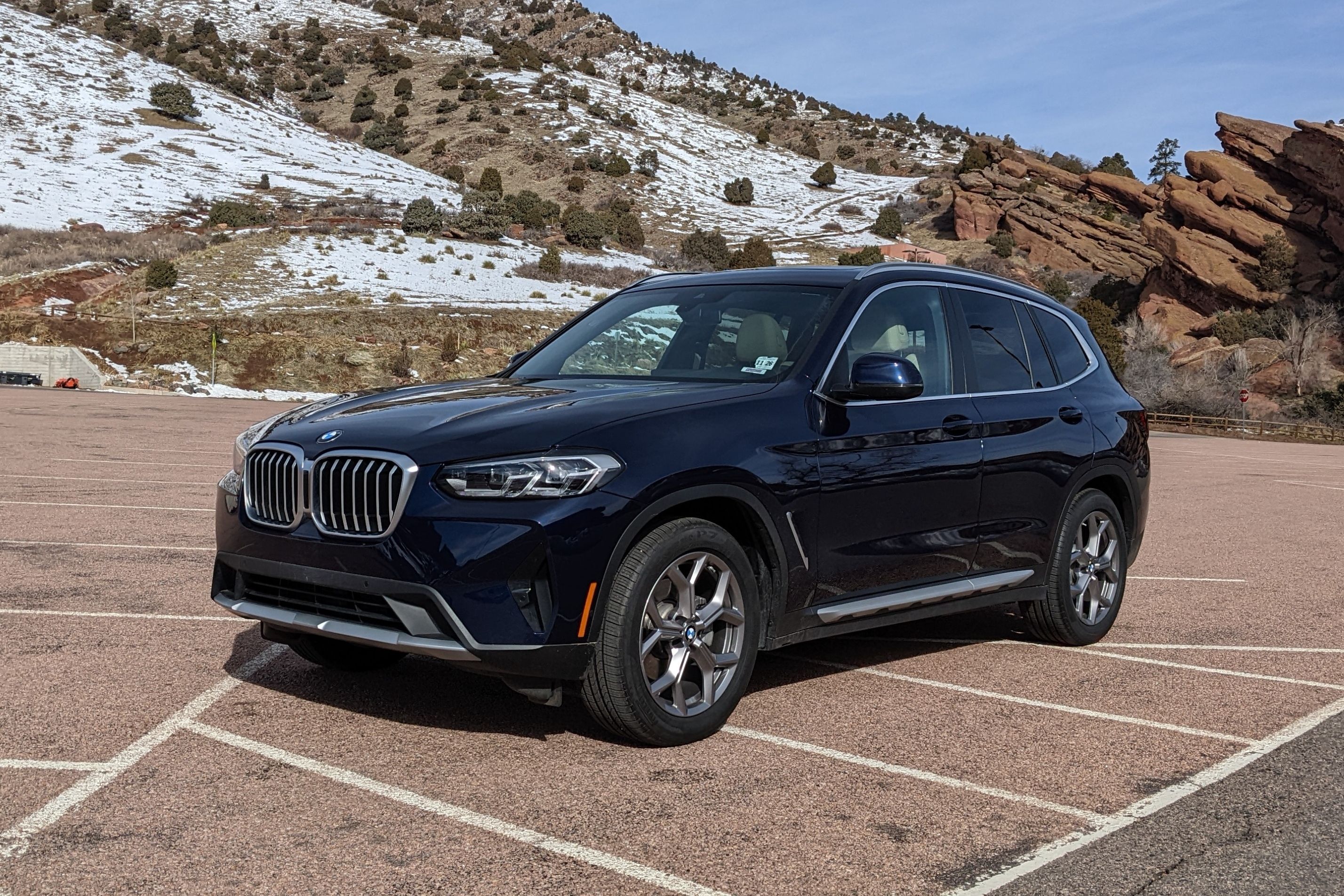
We think it's safe to say that automotive manufacturers hate the infamous moose test.
Recently, we've seen many high-profile cars suck at swerving for a hypothetical moose. These most high-profile fail was likely the RAV4 Prime, considering how many of these SUVs are sold per month.
The facelifted BMW X3 went for its moose test recently and did surprisingly well, considering it has almost everything against it, including a higher center of gravity than the 3 Series.
Fortunately for this X3, it came prepared with an M Package, which means it has a lowered suspension, 20-inch rims, and wider Pirelli P Zero tires at the front (245) and rear (275).
If you've seen one of these tests before, you'll know they're conducted by a YouTube channel called km77. The name refers to the speed at which a car enters the moose test, which is 48.125 mph in American.
The first test is conducted at the 48 mph baseline, and the speed increases until the car fails spectacularly.
At 48 mph, the X3 does remarkably well for an SUV. The rear does an odd jump as the car swerves right for the last time, but this phenomenon dissipates as the speed increases.
The X3 fails the test at 51 mph, showing how big of a difference three miles per hour can make. It understeers drastically, knocking down several hypothetical small mooses (meeses? mesi?) after swerving left then right. That's to be expected, given the heavy diesel lump under the hood.
We have mixed feelings about the moose test. We can see why it's a handy guide for car shopping. Many people have argued that they don't have moose where they live. Yup. People will say that point without batting an eyelid, forgetting that sheep, lamas, buffalo, and kids also exist.
Conversely, the moose test isn't applicable in the real world. It's meant to emulate an animal on a back road with higher legal speed. The international standard for this model is actually approaching the test at 62 mph, decelerating to 48 mph, and then entering the obstacle. The test is also conducted in dry weather, and the driver must keep their foot on the throttle.
Given that most people's base instinct is to brake while swerving (which is entirely wrong in 99% of cases), this test doesn't have real-world application.
It's still fun to watch people argue about it, however.
